Such background processors can hog up the processor and cause high CPU usage. Because of this, the performance of your computer can be affected quite a lot. Fortunately, it is quite easy to fix this issue and lower CPU usage on a Windows computer. In fact, we are here with the computer guide and detailed instructions on how to lower CPU usage in Windows along with details on checking the current CPU usage in Windows that you can find by going through this tutorial till the end.
How do you Check Current CPU Usage in Windows?
While it is always a great idea to lower the CPU usage of your computer as much as possible, you should still check the current CPU usage in Windows. This is due to two reasons where the first one is to simply ensure whether your computer’s processor is being overused or not. Other than that, checking the current CPU usage in Windows is quite important to check the difference in terms of the CPU usage before and after you have tried to lower the CPU usage on your computer. Fortunately, you can easily check the current CPU usage in Windows directly from the Task Manager as shown here:
For opening the Task Manager on your computer, you have to first press control + shift + escape on your keyboard. Then, click on the More details option in the Task Manager window to open its expanded view. Now, head over to the Performance tab where you can check various details regarding your computer’s hardware including its CPU. In order to check the current CPU usage, you need to go to the CPU tab where you can see each and every detail of your computer’s CPU usage. And if you want to see even more info regarding each CPU core usage, then you can right-click on the CPU consumption graph and select Logical processors under the Change graph option.
How do you Lower CPU Usage in Windows?
If you have checked the current CPU usage in Windows and it is quite high, then you might want to lower it as much as possible. This is highly important to ensure that each and every program of your computer works as well as possible. Thankfully, there are various possible ways and methods that you can try out in order to easily reduce the CPU usage of your computer which primarily includes the following:
1. Reboot your Computer
One of the easiest ways to possibly lower the CPU usage in Windows is to simply reboot your PC. This is due to the reason that if there is any background task or process which is not functioning properly, you can simply get rid of it by rebooting your computer. You can reboot your computer directly from the Start Menu similar to how you would do it normally. Once rebooted, any background process which was hogging up the processor of your computer will be terminated and the CPU usage must be lowered quite a lot.
2. End/Restart Background Processes
While rebooting your computer should get rid of most background processes, some of them might be still running. And in that case, the CPU usage of your computer might not be lowered that much. Fortunately, Windows allows you to manually end as well as restart background processes quite easily. This can be quite great for completely getting rid of a certain background process, as well as for restarting any important background processes which you think are not performing like they should. In such a case, you can end or restart processes from the Task Manager in Windows as given here:
As shown earlier, press control + shift + escape on your keyboard to open the Task Manager. Once inside the Task Manager window, open the Processes tab where you can see all of the currently running processes on your computer. Now, click on the CPU usage indicator which will sort all of these processes as per CPU usage where any processes which are having high CPU usage will come on the top. You can then click on End task on this process to terminate it which should lower the CPU usage quite a lot. If you feel like a given process is highly important, then make sure to launch it again using Windows Search after you have clicked on the End Task button for it.
3. Update all Device Drivers
Even if you are not using any external peripherals along with your laptop or desktop, there are still going to be a large number of hardware devices connected to it including internal components. For all of these hardware devices, Windows has a dedicated device driver installed which is there for offering communication between your computer and the hardware device. Although, this also means that if a given device driver is not working properly, then its corresponding hardware device may not work properly. This can even cause high CPU usage in some cases because of which you should update all device drivers in Windows by using Device Manager as explained here:
For opening Device Manager in Windows, you have to first press Windows Key + X keyboard on your computer and select Device Manager from the list.
You can then expand each and every menu in Device Manager to get a complete list of all the various hardware devices installed in it. And in order to update all device drivers, you have to right click on all of these devices one by one after which you can select the Update driver for a given device.
Finally, click on the Search automatically for updated drivers in the newly opened window to update all device drivers to the latest version on your computer.
4. Scan your Computer for Malware
If your computer is having CPU usage, then there is quite a bit of a chance that it is being caused due to possible malware or any other type of file infection on your computer. Such malware and other infected files run in the background of your computer and use your CPU for all kinds of operations and usage. Hence, in case of high CPU usage, scanning your computer for potential malware infection is highly important if you want to lower CPU usage. You can use the Windows Defender to do a full scan of your computer which will scan all files and programs for any potential malware or infected files which will be automatically removed for potentially lowering your computer’s CPU usage.
5. Check Power Options in Windows
In case that you are using a laptop and not a desktop, then it is going to have multiple power options. Most modern laptops will have 3 such power options or power plans. This includes a battery saver plan, a balanced plan, and a high-performance mode for getting the most out of your computer.
Talking about the battery saver plan, it works by lowering the power of your CPU and other internal components for reducing power consumption and potentially increasing your laptop’s battery life. While this does increase the battery life, reduced CPU power also means that the same task will use your CPU more as it would have used it in a high-performance power plan. Hence, make sure that you are either using the balanced plan or the high-performance power plan to lower CPU usage on your laptop.
6. Use Third-Party Programs
While the Task Manager is a great tool to check your current CPU usage, it only offers so much information related to it. Because of this, you may want to use third party applications for checking as well as potentially lowering the current CPU usage on your computer. Two such great third party programs that you can consider include CPU-Z and Process Monitor which give highly detailed information regarding all the background processes running on your computer and the CPU usage regarding them. Apart from being great hardware monitoring tools, these programs also offer a few CPU performance optimization options which can further lower your CPU usage.
7. Resort to Online Guidance
If none of the solutions given above have worked for you and you have checked in the task manager that the CPU usage of your computer is increased due to a certain program, then your issue might be specific to that program itself. In that case, you can resort to online guidance regarding that program and issues related to it. You can find various solutions for the most popular programs out there on a large number of forums as well as Reddit. If you want to lower CPU usage caused due to a certain program, you can refer to such online guidance for easily resolving it.
8. Reinstall Windows on your Computer
As a last resort, you can also consider reinstalling Windows on your computer if you are facing high CPU usage quite often. This can be quite handy if any of the programs that you have installed is causing the same. Apart from getting rid of high CPU usage programs, reinstalling Windows will also reset all Windows settings which might be increasing the CPU usage in the first place. Hence, you can try reinstalling Windows on your computer using the Microsoft Media Creation Tool and then check your CPU usage which should be lowered quite a lot.
Conclusion
Those of you who have an old CPU or an entry level one might be worried about the CPU usage quite often due to the limited total performance offered by it. And even if you have a high end and a powerful processor, you would still want it to be used by only the programs that you are using. In other words, to ensure that the processor for your computer is functioning at optimum performance, you would want to lower its CPU usage as much as possible. For the same, we have already given detailed instructions and a complete tutorial on how to lower CPU usage on your computer. You can also learn more about checking the current CPU usage in Windows to ensure that your processor is not being overused by background tasks and processes. If you have gone through all the information regarding how to lower CPU usage in Windows computers, make sure to share your thoughts in the comments section. You can also post any questions down there if you have any! Comment * Name * Email * Website
Δ



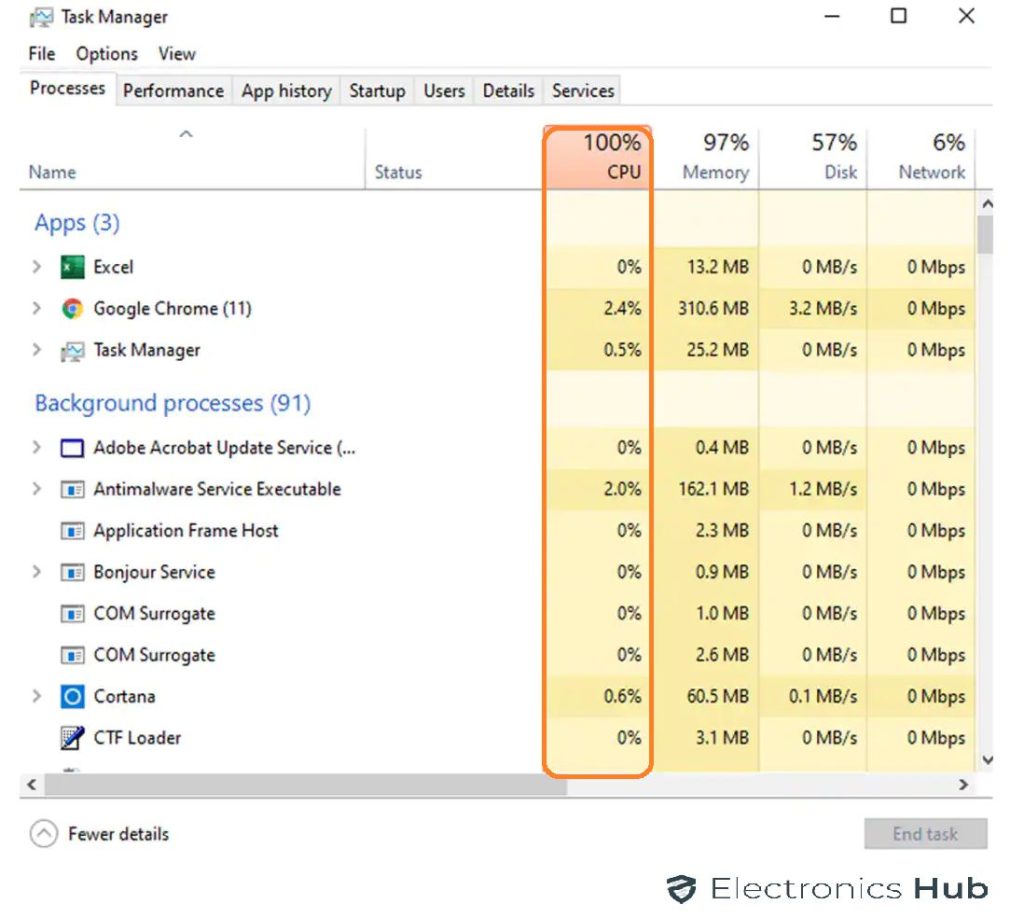
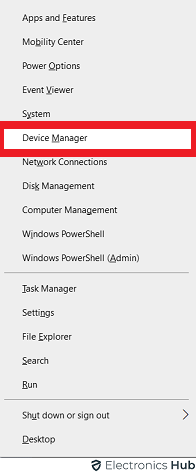
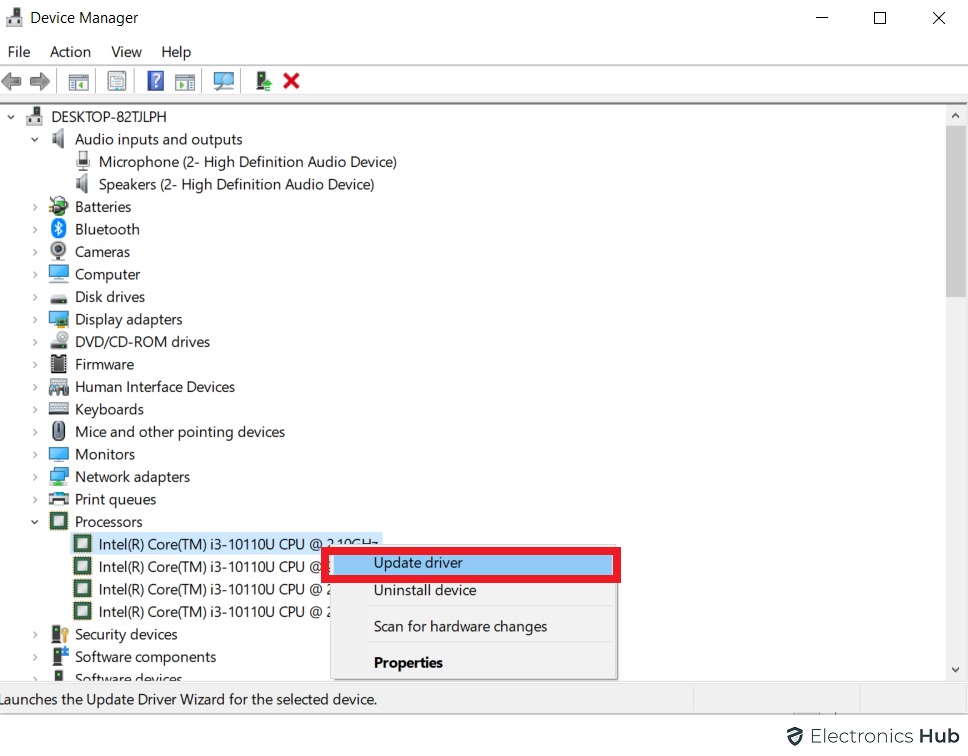
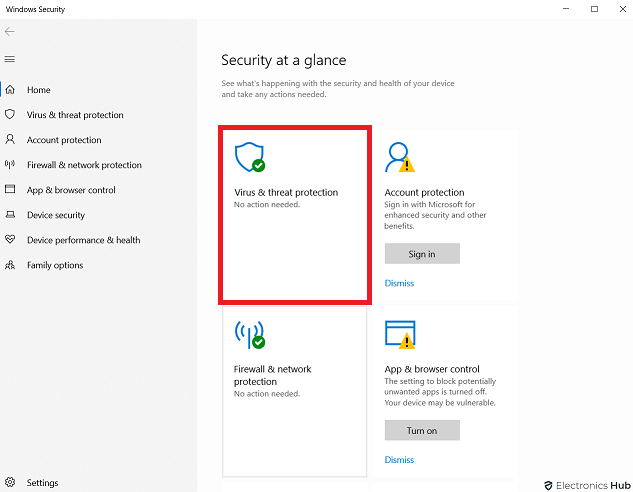
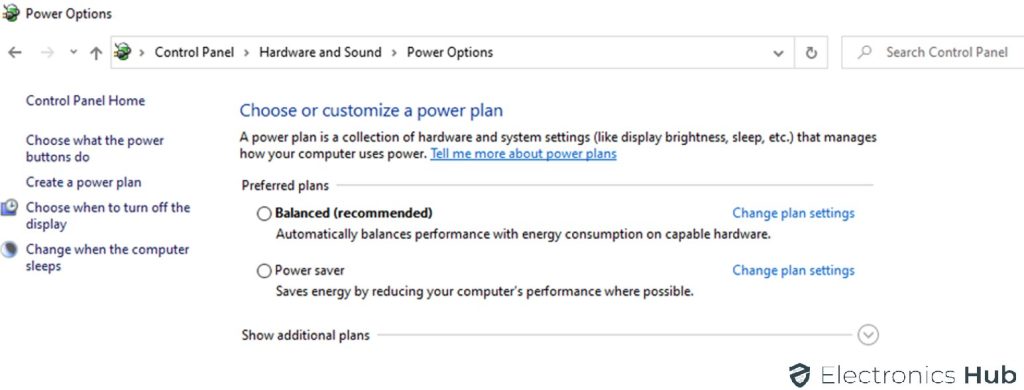
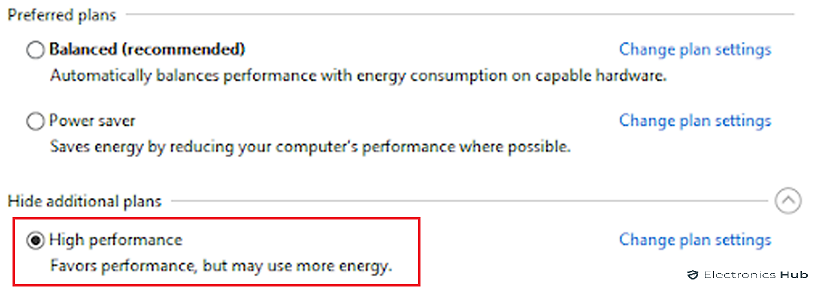
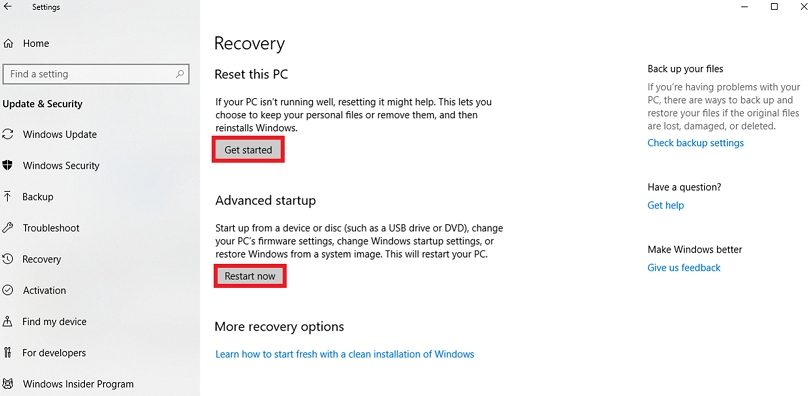


![]()